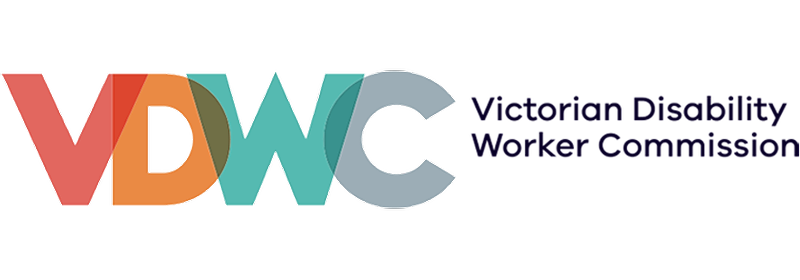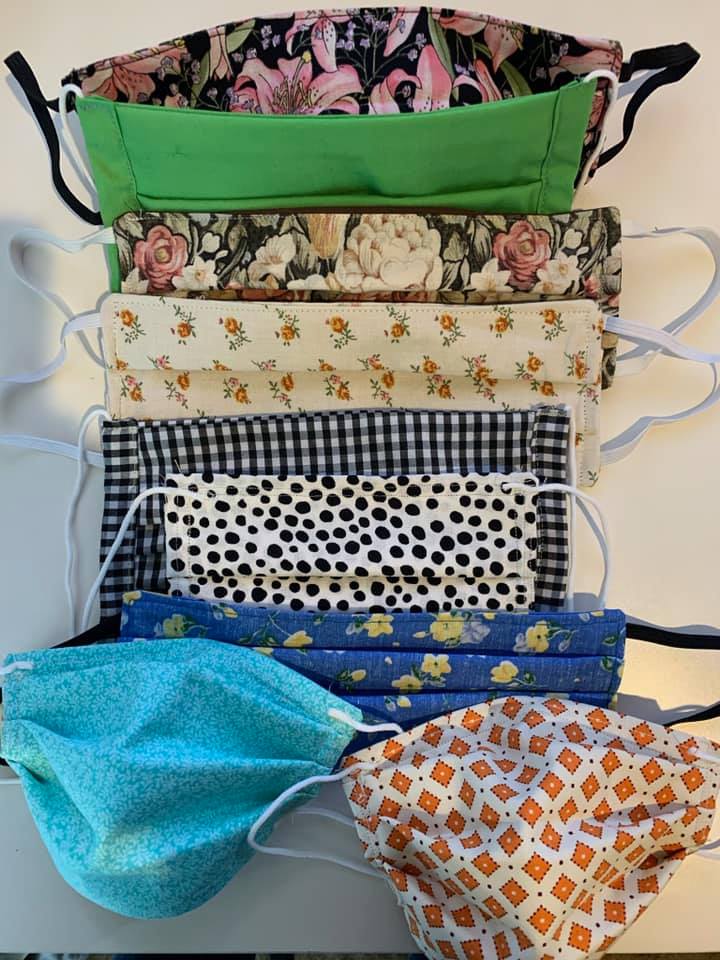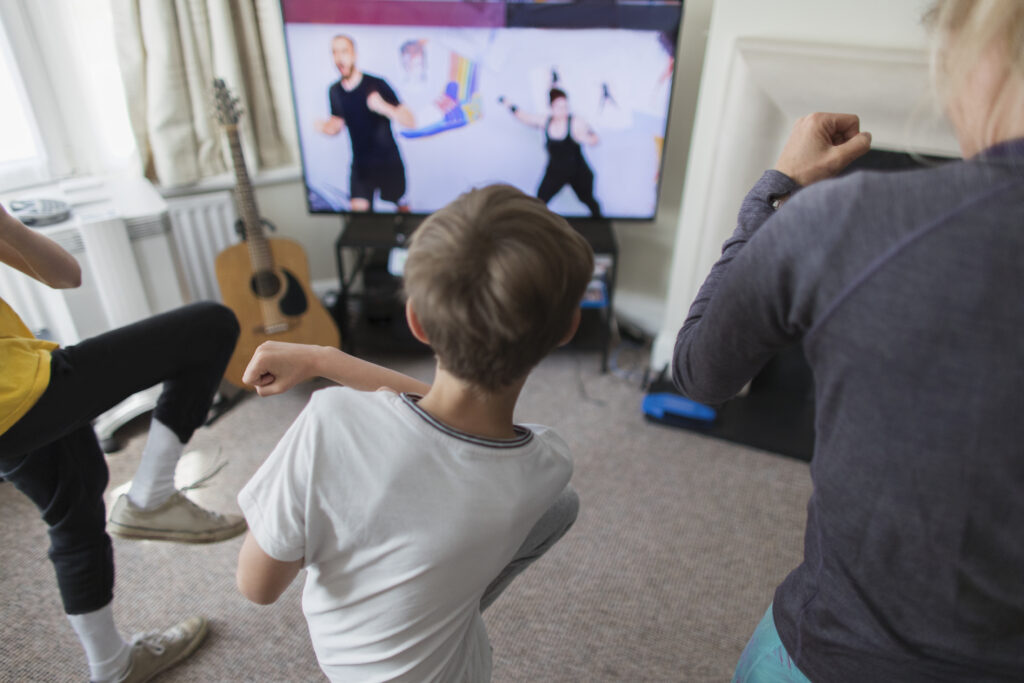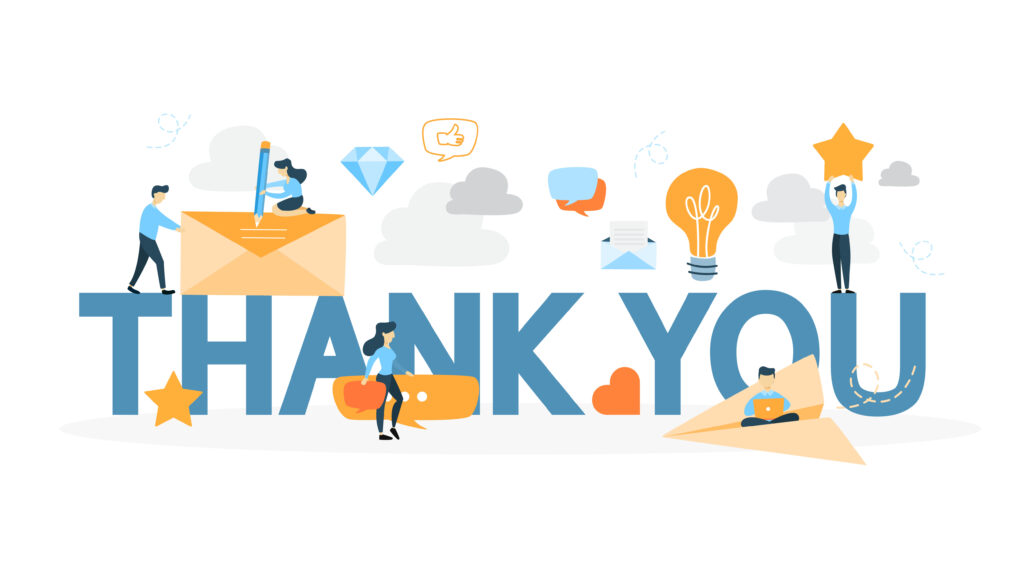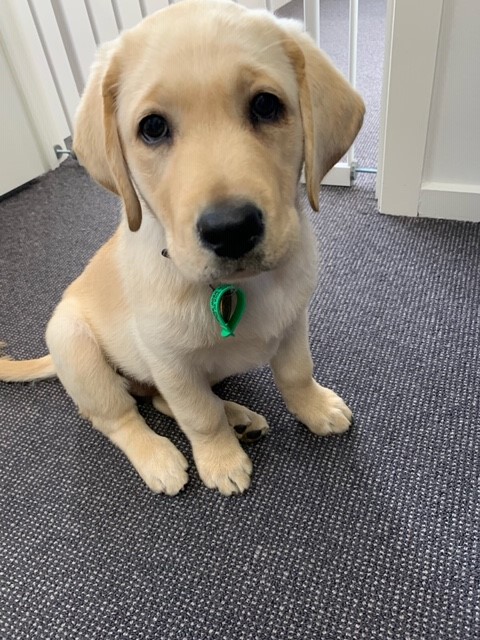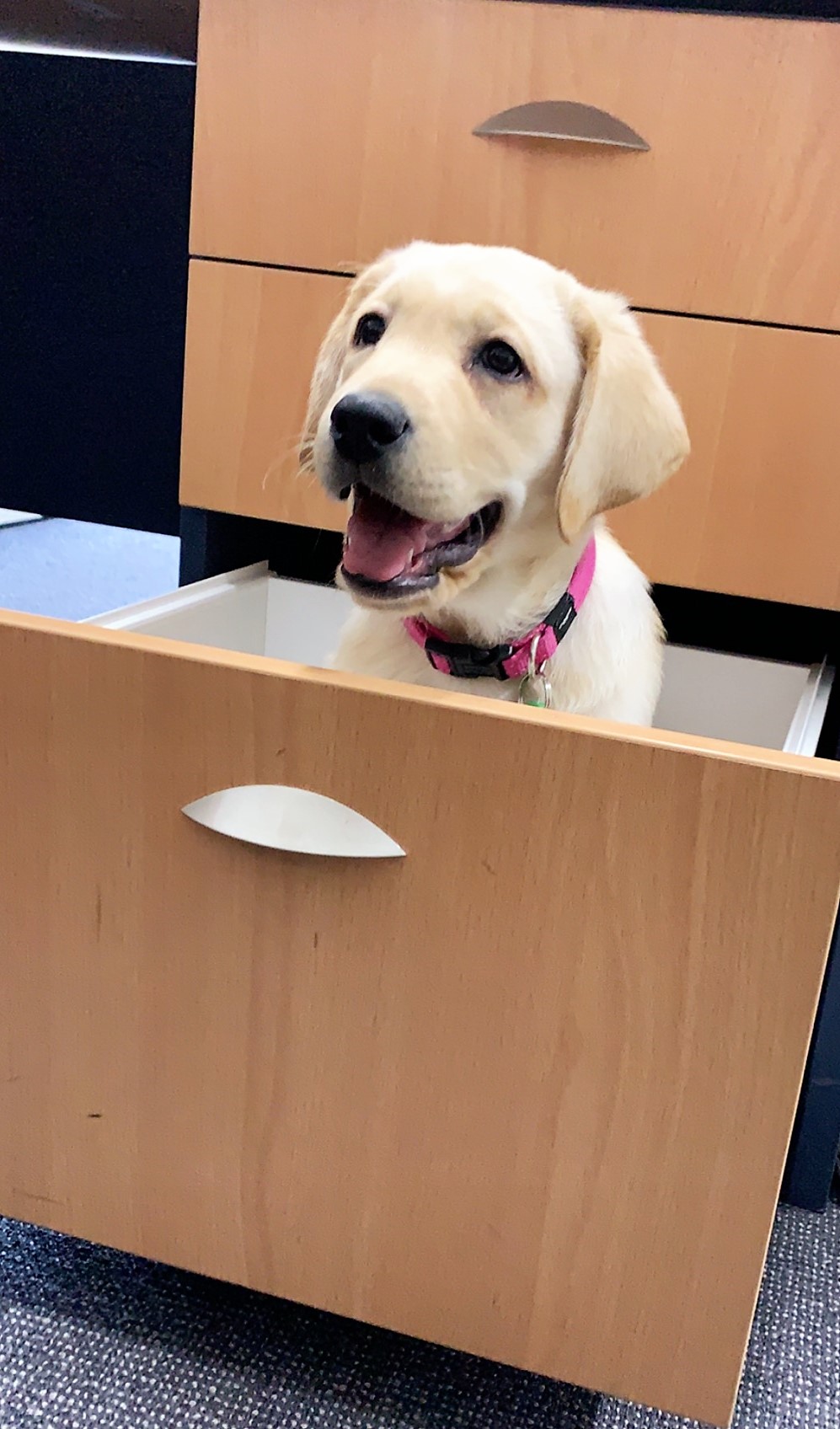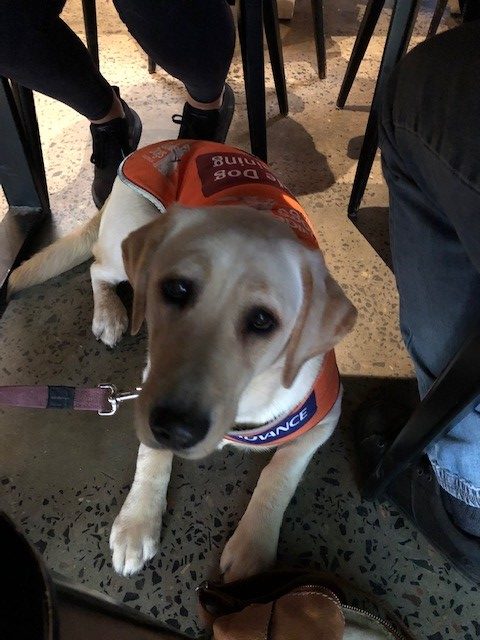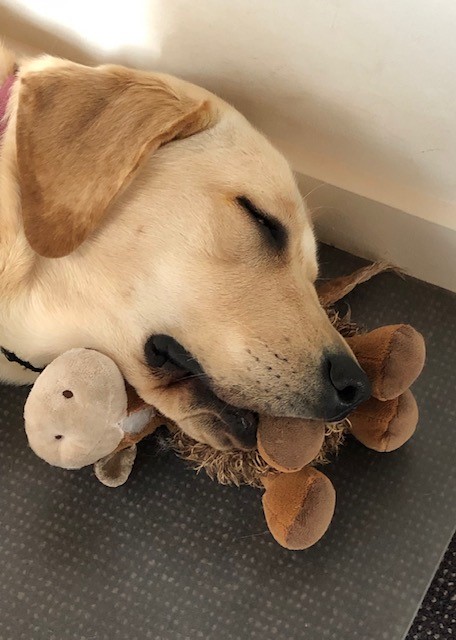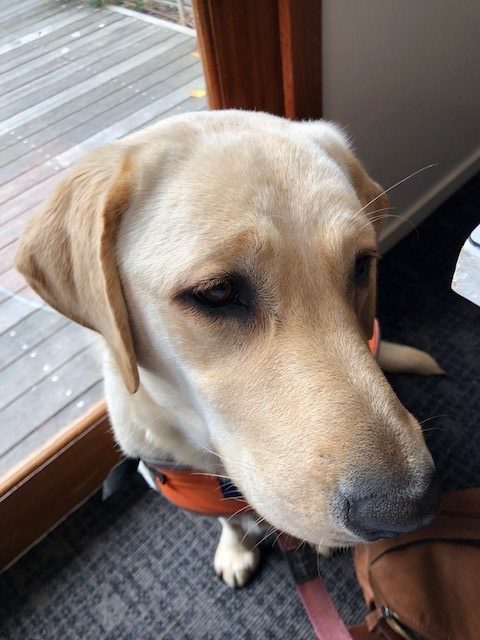Emergency and Disaster Management
Emergency and Disaster Management Policy (Draft)
1.0 Purpose
The purpose of the Emergency and Disaster Management Policy and Procedure is so our clients feel safe in the event of a disaster (natural or pandemic), knowing Lifestyle Centred Services will provide them with continuity of service. Lifestyle Centred Services focuses on maintaining service delivery to our clients in times of stress and uncertainty.
Though disasters and emergencies may be infrequent, we acknowledge our services are especially important before, during, and after such events, as many clients are beyond the reach of other services and Lifestyle Centred Services provides them with an essential support lifeline.
Lifestyle Centred Services recognises that preparedness for disasters and emergencies is a priority for our organisation and a requirement to ensure the safety of our clients.
Lifestyle Centred Services will endeavour to provide an adequate level of service to our clients before, during and after all types of emergencies.
2.0 Scope
The scope of this policy includes our clients and staff. Our clients will be informed of our emergency procedures to assist them in preparing for an emergency, build their resilience, and maintain their confidence in Lifestyle Centred Services.
Our staff will be well informed and prepared to assist clients in coping in an emergency within the community and in strengthening Lifestyle Centred Services’ disaster resilience.
3.0 Policy
Lifestyle Centred Services places the safety and care of our clients at the forefront of our operational procedures. During a disaster, our team will adhere to this policy framework and work within any additional guidelines and instructions provided by state and federal government authorities to our organisation.
During any disaster, our senior management will undertake the following actions:
- Follow all relevant government guidelines and instructions.
- Review plans for continuity of support and ensure the safety, health, and wellbeing of each client – before, during and after an emergency or disaster.
- Communicate Lifestyle Centred Services’ response to staff, clients and any other relevant parties.
- Prepare clients (before any possible actions are taken) by informing them how the current situation may affect their services.
- Brief our entire staff on any possible or real action steps required by them.
- Attempt to keep key workers allocated to the same clients.
- Work towards maintaining continuity of support for each of our clients.
4.0 Procedure
4.1 Preparing for disasters and emergencies
A disaster is any phenomenon, natural or human-made, that has the potential to cause extensive destruction of life and property. An emergency is a situation of grave risk to health, life or environment. The mere mention of either of these two words is enough to make the community, particularly our clients, extremely nervous. The key to being ready for any disaster is having a known and understood plan by all parties. Our organisation management will consult with clients and support networks and staff to periodically review plans, so their management is relevant to the current situation.
Some disasters and emergencies Lifestyle Centred Services may face include:
- flood
- fire
- heatwave
- snowstorm
- storms or cyclones
Lifestyle Centred Services will:
- create plans for each client through a consultation process that incorporate what happens before, during and after any emergency and disaster
- stay informed regarding all state/territory and federal government directives and act upon these directives appropriately
- advise other organisations, who work with Lifestyle Centred Services, of our disaster procedures and processes
- communicate with clients and relevant networks in a manner determined in the Care Plan
- identify personnel who are critical in the delivery of essential frontline services
- identify Lifestyle Centred Services clients and their stakeholders, whose services may be impacted by the situation
- train staff in the implementation of any strategies
- implement this policy in conjunction with our Risk Management Policy and Procedure, our Information Management Policy and Procedure and our Human Resource Policy and Procedure
- ensure plans explain and guide how the organisation will respond to and oversee the response to an emergency or disaster
- develop emergency and disaster plans through consulting with clients and their support networks to create plans for preparing for and responding to disasters that may include
- making changes to client supports
- adapting, and rapidly responding to changes to client supports and other interruptions
- communicating changes to client supports to workers and clients and their support networks.
- informing client and their support network in the manner set out in their plan
- exit strategies (e.g., disaster)
- continuity of supports including various options (e.g., disaster or emergency)
- supports during emergency or disaster
- actions to be taken by staff
- actions to be taken by management
- implement the plans as per the consultation
- attach any emergency and disaster plans on the service agreement and add them to the client’s file.
- plans must be tested and adjusted in the context of a particular disaster by:
- reviewing each plan when a potential disaster is evident (e.g., fire, pandemic)
- adjusting plan due to changes in circumstances
- ensuring continuity of supports are in place
- communicating with the client and support networks in a manner that allows for an understanding of what will occur before, during and after the emergency or disaster
- plans will be reviewed in consultation with the client and relevant support networks during the annual risk assessment of the Care Plan review to enable adjustments due to the changing nature of any disaster or emergency
4.2 Supporting the supporters
Vicarious trauma is a real and grave health concern for staff and volunteers of community service organisations such as ours, mainly when working with disaster-affected individuals and communities.
Our Lifestyle Centred Services will determine the best means to support our staff in a disaster situation and will implement all appropriate measures as detailed in our Human Resource Management Policy and Procedure.
4.3 Consumer preparedness
Lifestyle Centred Services understands that it is more likely that our clients will be adversely impacted by an emergency or disaster than others in the community.
We acknowledge that we may not provide the same level of service to our clients during or immediately after an emergency or disaster situation. For these reasons, all of our clients must be supported by Lifestyle Centred Services to prepare for changes due to a disaster or an emergency.
Lifestyle Centred Services will:
- inform clients of the current situation and how the provision of their services and workers may be impacted
- consult with clients and support networks on the plan’s development and any adjustments or changes in circumstances. Always ensuring that they are informed of what will occur before, during and after any disaster or emergency.
- continue to provide clients with the same key workers if they are available
- replace key workers with experienced workers who have the knowledge and skills to provide appropriate care to the client
- inform the client of any service changes and outline reason/s for these changes
- seek support within the local care community if our staff are unavailable, and ensure that any new workers are appropriately experienced, trained and hold all relevant checks required.
4.4 Staff preparedness
Our team is our greatest asset; our focus is that they and their loved ones remain safe during an emergency or disaster.
Lifestyle Centred Services will help prepare our staff for an emergency or disaster by implementing the following:
- inform staff of the situation and what is required by them via email, online messaging, Zoom meetings or similar
- train workers in all required measures and strategies identified in the plan, e.g., infection control, social distancing and evacuation
- seek feedback from clients regarding their services to adjust information distribution, if necessary
- seek feedback from staff about actions undertaken, any issues or concerns, and what worked well.
- inform staff of our client’s requirements outlined in their Care Plan.
5.0 Related documents
- LCS-PP-COR281 Continuity of Supports Policy
- LCS-PP-COR221 Risk Management Policy
- LCS-PP-COR241 Information Management Policy
- LCS-PP-COR271 Human Resources Management Policy
- LCS-PP-COR261 Reportable Incident, Accident and Emergency Policy
- LCS-PP-COR212 Work Health and Safety Environmental Management Policy
6.0 References
- Work Health and Safety Act 2011 (Commonwealth)
- Privacy Act 1988 (Commonwealth)
- Disability Services Act 1986 (Commonwealth)
- NDIS Practice Standards and Quality Indicators 2020
- National Disability Insurance Scheme (Provider Registration and Practice Standards) Amendment (2021 Measures No. 1) Rules 2021
Your Feedback
Thank you for taking the time to read our draft policy – we would really appreciate a few moments of your time to record your feedback. Our Quality Team will review your feedback, which will help us make sure this policy is relevant and informed on the views and insights of our clients and staff.


